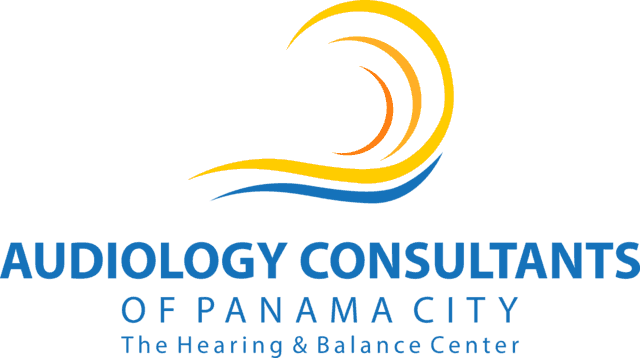- Using Hearing Aid Accessories for Enhanced Listening - May 6, 2025
- Practical Tips for Managing Daily Challenges With Tinnitus - April 8, 2025
- Signs Your Hearing Aid Battery Needs to Be Replaced - March 13, 2025
Hearing loss is an invisible disability, and as such it can be hard to understand until we’re actually living with it. While noise-induced hearing loss (NIHL) is completely preventable, still there are millions of people each year who suffer damage to their hearing from noise exposure. It can seem as if hearing loss prevention is an uphill battle.
Each May, the American Speech-Language-Hearing Association (ASHA) celebrates Better Hearing & Speech Month (BHSM) to spread awareness of communication disorders—like hearing loss—and the life-changing treatments and preventative measures that are available.
The theme for this year’s BHSM is “Connecting People,” which is what hearing loss prevention and treatment is really all about! Hearing is the primary way we communicate with others, yet it is easy to take for granted until we start having issues. Many people are reluctant to seek treatment, even though a good set of hearing aids can help us stay connected to those we love, as well as the wider world!
Safe Listening for Life!
Even if we protect our hearing every time we encounter loud sounds, there is no guarantee that we will not experience hearing loss in our lives. Hearing loss can have multiple causes, and the most common type of hearing loss—age-related hearing loss, or “presbycusis”—may be a normal part of the life cycle. While about two-thirds of those aged 70 and up have hearing loss, nearly 100% of centenarians have it, suggesting we will all lose some hearing if we only live long enough!
Still, adding NIHL to the mix only makes things worse. It is better to have mild hearing loss than severe hearing loss!
Modern life is full of dangerous sound levels. It’s easy to get comfortable with a particular volume level and incur hearing loss without even realizing it! If we remember a few things about hearing loss, it can help us to be more careful as we move through the world.
Sound levels do not have to be painful to cause NIHL! An average level of 85 dBA (decibels A-weighted) can cause hearing loss after about 8 hours of exposure. 85 dBA is about the noise created by a gas-powered lawn mower. Employers are required to keep noise levels below 85 dBA in the workplace, or provide hearing protection.
But the story does not begin and end with the workplace! Even if we experience only 80 dBA at work, then experience more sound during recreational activities, we may be adding to our hearing loss on a daily basis! Protection is important everywhere we encounter sound above 80 dBA.
For every additional 3 dBA above 85 dBA, the safe period of exposure is cut in half. That means by the time sound levels reach 100 dBA, hearing loss can set in after only 15 minutes! 100 dBA is the average noise level at a high school dance.
How to Protect Yourself
Avoiding NIHL doesn’t mean that we can never encounter loud sounds, it just means we need to protect our hearing when we do. Some of the ways we can protect ourselves when sound levels are potentially damaging include:
- Wear Protection – Earplugs or earmuffs may do the trick, or if the sound level is high enough (e.g. when shooting firearms) it may be necessary to double-up and wear both. Hearing protection is rated according to how much it reduces the amount of sound that reaches your ears, so it’s important that the hearing protection you wear brings the sound level down to below 85 dBA. Custom earplugs are available for those who encounter loud sound on a regular basis, and they are the most comfortable, effective, and best-sounding option by far.
- Measure the Sound – If you’re not sure about the sound levels in the environments you encounter, measuring the sound is important. Apps are available for smartphones, or you can purchase a dedicated device. These apps and devices provide a measurement of the sound pressure level (SPL), usually in dBA.
- Keep Your Distance – If there is a source of loud sound nearby, you are usually safe at a distance of 500 feet. This changes depending on the loudness of the sound, and the environment you’re in. Sound is more likely to accumulate and pose more of a danger indoors than outdoors, for example.
- Take Breaks – Try to encounter some peace and quiet once every hour or so, even if you’re listening to music or encountering sound at safe levels. It’s important to give your ears a break to rest and recalibrate!
- Cover Your Ears! – If an ambulance or a train goes past, you may not want to put in earplugs and take them out again! Simply covering your ears while the temporary loud sound is present is a fine method of protecting yourself.
If you haven’t had a hearing test in a while, celebrate Better Hearing & Speech Month by making an appointment today! Regular hearing tests are important to catching hearing loss early, and can help guide your prevention and treatment measures. Get a hearing test this month, and take charge of your hearing health!


